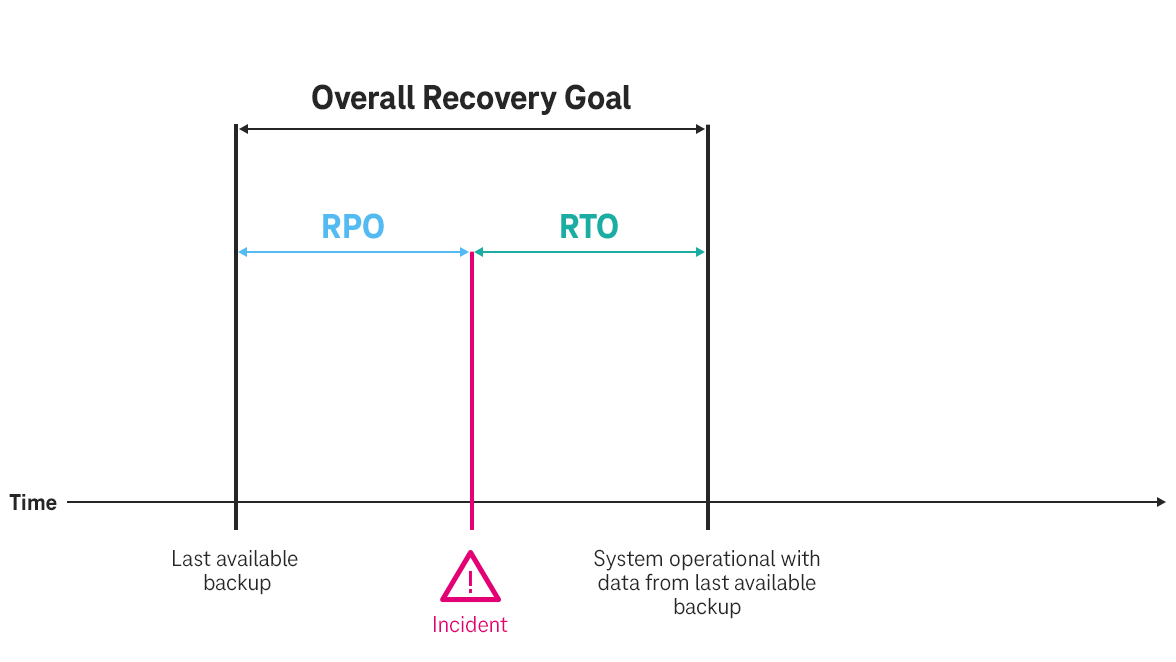The Recovery Point Objective (RPO) defines the maximum age of the data in a backup in order for a company to be able to work meaningfully during emergency operations. It therefore defines the minimum necessary data backup cycles.
Take advantage of our consulting services!
Our experts will be happy to help you.
Hotline: 24 hours a day, seven days a week



